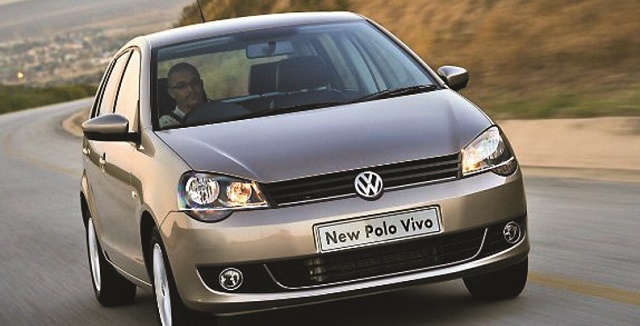
The car made in Kigali?
Since Volkswagen announced in 2016 that it plans to set up a manufacturing plant in Rwanda, there has been anticipation regarding what the cars from the plant will be like.
Of course, they will be a version of the German car maker’s famous Polo models. And since these are already being manufactured in Kenya, Nigeria, and South Africa, we can base on these to get a sense of what to expect when the plant finally opens by the end of this year.
The Volkswagen Polo Vivo has been South Africa’s best-selling passenger vehicle for some years. Its only competition for top spot is its cousin the Polo.
The Polo Vivo concept is based on the older-generation model Polo and its main selling point is the budget-friendly price tag.
The Polo Vivo has a 1.4-litre engine; just slightly smaller than the engine of the Toyota E110 (kikuumi) which is well known in East Africa.
According to factory specs, the Polo’s outputs of 55kW and 132 Nm, it combines a fuel economy of 6.2 litres per 100kms with performance reliability.
Some models pack more power from the 1.4-litre engine; up from 55 kW to 63 kW, with all other vital statistics remaining the same. There is also 1.6-litre model (same as the Toyota Corolla) but it is slightly more costly. This has an output of 77 kW and torque (155 Nm) and yet its fuel consumption is not any worse. Some models have rear seats removal capabilities to create a van like feel. This can hold up to 1 060-litres of space and can withstand 519kg of weight.
At this point it is not clear which models will be produced at the Kigali plant.
Whichever model/s are produced, they will most likely include the modern amenities that car buyers have come to expect, including Bluetooth, Auxiliary and USB inputs, a CD player and front electric windows as standard.
That is a point that DT Dobie CEO Zarak Khan emphasised during the opening of the Kenyan plant in 2016.
He said the new Volkswagen Vivo made in Kenya would demystify the thinking that locally assembled vehicles are limited in options. He said it would come with a wide range of standard features; including alloy wheels, CD players, and more.
The Volkswagen brand has a long relationship with Africa. In the 1960s, Volkswagen vehicles were being made in Kenya. Way back VW was assembling microbuses and Combi vehicles at the Thika plant in Kenya. By 1990, it was rolling out 4600 units per year. If the Kigali plant is designed with the same strategy as that of Kenya, then it will be flexible design facility that offers several models easily.
****
 The Independent Uganda: You get the Truth we Pay the Price
The Independent Uganda: You get the Truth we Pay the Price



